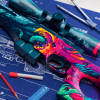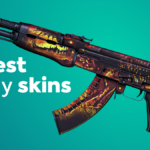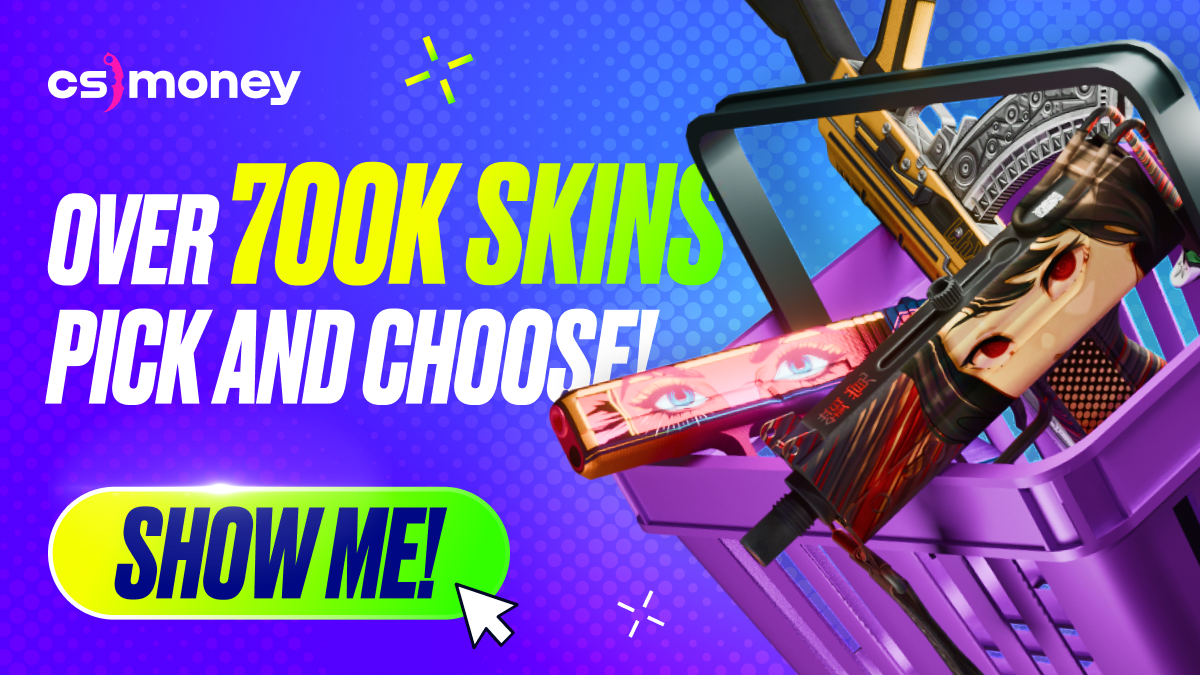8 years ago, on August 14, 2013, the Arms Deal CS:GO update dropped the very first skins in the game. The CS.MONEY Blog offers you to celebrate the anniversary of weapon finishes and learn five curious facts about the emergence of skins in the game.

The first case brought back two knives
It sounds weird, but CS:GO Weapon Case, the very first case in the game, brought back two knives! Thing is, during the beta test of Counter-Strike: Global Offensive, the standard knife for offense was the Flip Knife, and the one for defense was the Bayonet.
Of course, there were no skins as such at the time. Everyone wielded the same blades with no skins. After the first case release, Flip Knife and Bayonet replaced the usual default knives. Besides these two, the case brought us the Gut Knife, Karambit, and the M9 Bayonet.
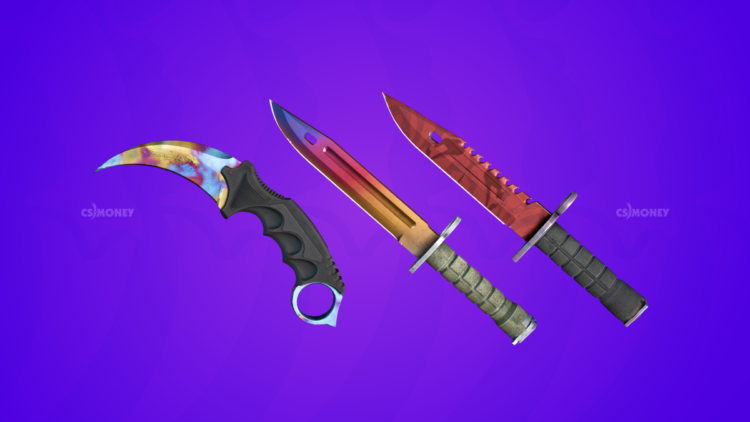
Agents could appear with the very first case
While exploring possible skin additions, the dev team considered adding character skins. And that was to be expected. Suffice it to recall the “hat economy” from Team Fortress 2 or the character item sets from Dota 2. However, back then, in 2013, the idea stalled for two reasons.
The first reason was the lack of a third-person camera. In Dota 2, the characters are always visible — even if they’re waiting for revival in the “tavern”, you can see their portrait. In Team Fortress 2, also a first-person shooter, there are all sorts of mocks and other actions that move the camera from first-person to third-person mode. If that sounds complicated, think back to Overwatch, where every emotion is accompanied by the camera floating behind the character’s back.
As to the second reason, you’re probably aware of it if you were already part of the community when agents popped up. Namely, the devs were afraid that the introduction of new character models would affect their visibility in the environment. Considering that Counter-Strike had already been the world’s premier competitive shooter for ten years at the time, the fears weren’t groundless.
Therefore, the devs decided to abandon the concept of character skins. Time showed that the fears proved justified: the appearance of agents caused a genuine uproar in the community, and the development team even had to add a special parameter to increase the contrast of the models.
Skins enabled us to fiddle with weapons
Before the update release on August 14, 2013, it was impossible to view the gun in-game. You could only look at your weapon from the side in third-person mode. But along with the advent of skins came the inspection action, assigned by default to the F key.

Now, years later, it’s hardly possible to imagine a match where you don’t spin the gun in your hands at least once. And the animations have advanced considerably. Just recall that rare Desert Eagle animation or the chance of cutting yourself when pulling out a Nomad Knife.
Skins could wear out, but then they didn’t
When creating skins, the developers of Counter-Strike: Global Offensive acted without a clear-cut strategy. They used examples of “skins” from the real world. As you know, actual weapons often have a camo pattern. This led to the misconception that camo would be more popular than flashy weapon looks.
Another misconception had to do with the wear and tear system. At one point, the development team planned to introduce gradual wear and tear of skins. The idea was that a worn-out skin should emphasize the owner’s experience and form an emotional bond with the item, visually showing how much time you had spent with that weapon finish.
Eventually, the system of gradual wear and tear was rejected for two reasons. First, the developers couldn’t find a suitable wear rate. A worn-out gun was supposed to indicate the player’s experience. Fast wear and tear didn’t correspond to this notion, and slow wear and tear was way too slow.
Second, different skins deteriorate differently as wear increases. Because of this, some look fine even at the Battle-Scarred threshold, while others are covered in scratches already in Minimal Wear condition. With this in mind, the devs settled on fixed wear and tear instead of gradual wear and tear.
Vibrant skins appeared because of concerns
When creating skins, the developers were confident that camouflaged skins would be more popular among players. The thought process behind this is understandable: Counter-Strike: Global Offensive has very down-to-earth visuals, and a bright badass gun might not please everyone.
For that reason, all the bright skins were made rare so that players weren’t upset when a bright and unrealistic skin dropped out of the case. It’s easy to see this by looking at AK-47 Case Hardened and AWP BOOM, which are the rarest drops from the first cases, apart from knives.
Yet things turned out very differently. We, the players, dig vivid and elaborate weapon finishes, while the boring camouflaged grayness is the rightful domain of simulators like Arma. Today, the expressive power and rarity of the skin are interrelated parameters: the more colorful the skin, the less likely it is to drop out of the case.
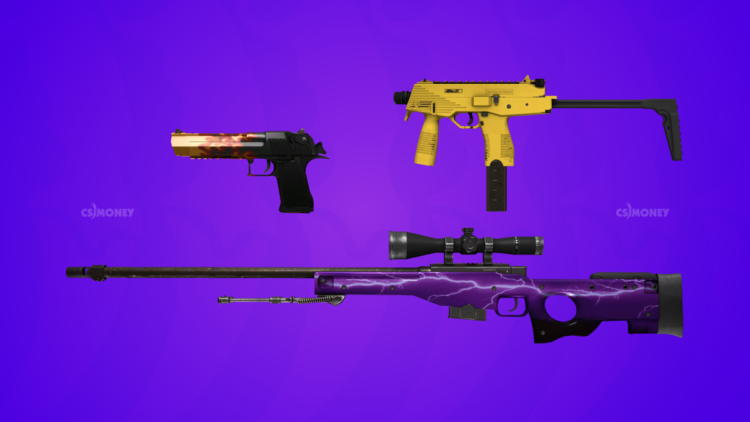
The emergence of skins in Counter-Strike: Global Offensive is one of the most important, if not the most important ever, event in the history of the game. It’s those multi-colored guns that raised the average online presence by five times in just one year! Today, the game is impossible to imagine without skins — but we don’t even need to imagine it like that. Just pick a skin to your liking, buy it at a bargain price from us at CS.MONEY, and annihilate your opponents with pizzazz in the next match.


Do you like getting CS:GO news in our vibe?
What are you waiting for? Hit subscribe!






